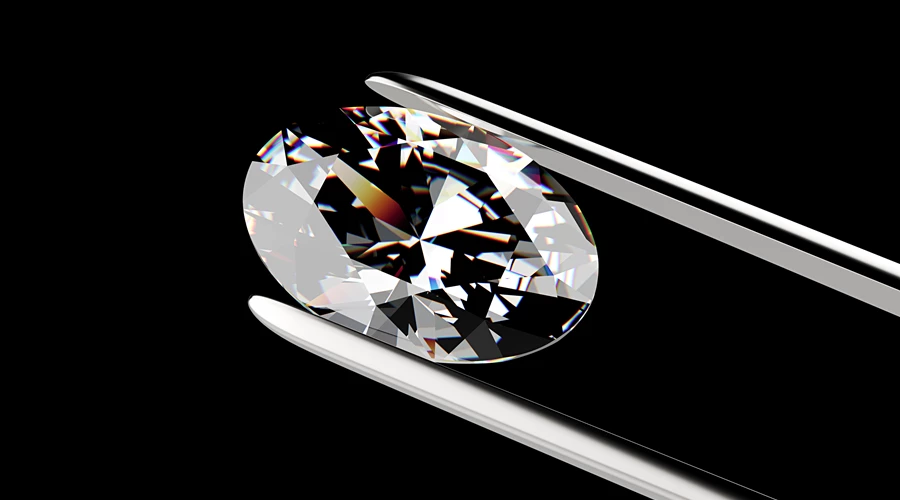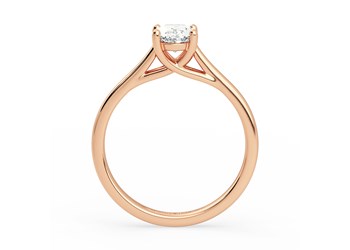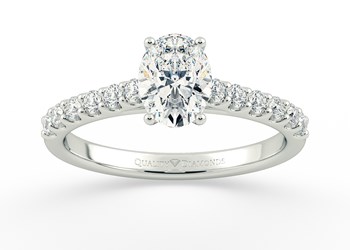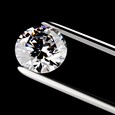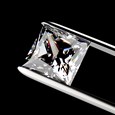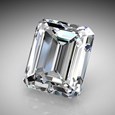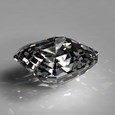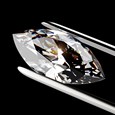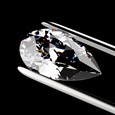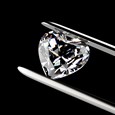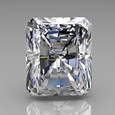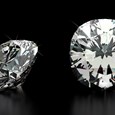Sign up for our Newsletter
Oval Cut Diamonds
Gaining in popularity over the past few years, few shapes can rival the smooth, graceful curves of an oval.
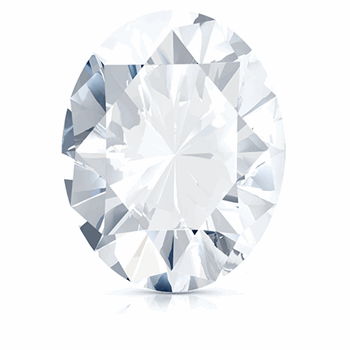
Oval Cut Diamond (Top View)
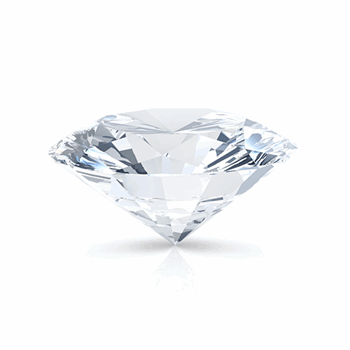
Oval Cut Diamond (Side View)
| Outline | Oval - a smoothly elongated shape rounded at both ends |
|---|---|
| Cutting Style | Brilliant |
| Description | Elegant, sparkling, with a universally flattering shape |
| No. of Facets | 57 |
| Ideal L/W Ratio | 1.5 |
CLASSICALLY ELEGANT
Its simple form is often overlooked in favour of its circular cousin, yet it has an air of sophistication and refinement that speaks of impeccable taste.
Oval diamonds are made using a cut very similar to that used for the Round Brilliant. This creates a stone of remarkable beauty, fire and sparkle.
We Say
As with the Round Brilliant, choosing a diamond with a Good or Excellent cut grade will give you a stunning diamond with maximum fire, brilliance and scintillation.
TECHNICAL SPECIFICATIONS AND GRADING
Technically the Oval Cut is known as an Oval Modified Brilliant. It’s a variation on the Round Brilliant and as such has the same 57 facets - 33 on the crown and 24 on the pavilion - although the Oval may have 4, 6, or 8 main pavilion facets.
If well-proportioned, an Oval shaped diamond is an extremely beautiful stone.
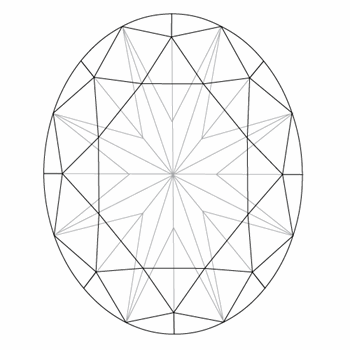
Oval Cut Diamond (Top View)
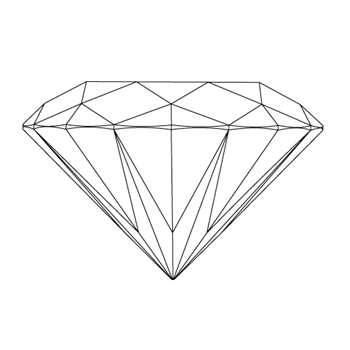
Oval Cut Diamond (Side View)
The Bow-Tie Effect
Pear, marquise, oval and heart shape diamonds can suffer from a phenomenon known as the bow-tie effect. This is where an area of shadow resembling a bow tie can be seen in the centre of the stone.
Whilst it’s not unusual for some shadow to be visible in oval, pear, marquise and heart shape diamonds when viewed from a certain angle in a certain light, it’s undesirable for a diamond to have an obvious dark area when viewed from ANY angle in ALL lights. You should look for a stone with minimal shadow to detract from its beauty.
If you have any concerns about the bow-tie effect and would like to make an appointment to view diamonds at any of our showrooms, please contact us.
GRADING
Currently, there aren’t any universally accepted standards for grading the cut of Oval cut diamonds so certifying laboratories don’t do it. Instead, it’s down to individual retailers to evaluate the quality of the cut for this shapes.
We've developed our own criteria to provide consistent cut grading for all the Oval Cut diamonds we offer. These take into account factors such as table and depth percentage, polish and symmetry, and length to width ratio.
Refer to the table below to see how we grade Oval Cut diamonds.
| Excellent | Very Good | Good | Fair | Poor | |
| Table % | 55%-62% | 53%-64% | 52%-65% | 50%-70% | <50% or >70% |
| Depth % | 58%-64% | 57%-66%% | 56%-68% | 46%-71% | <46% or >71% |
| Polish / Symmetry | Good to Excellent | Fair to Excellent | Poor to Excellent | ||
| Ratio (L/W) | 1.45-1.55 | 1.40-1.60 | 1.35-1.65 | 1.30-1.70 | <1.30 or >1.70 |
BACKGROUND AND HISTORY
Oval diamonds have been around for hundreds of years but the brilliant cut version most often seen today was designed by Russian diamond cutter Lazare Kaplan in the early 1960s. He is credited with capturing the sparkle and beauty of the Round Brilliant in elliptical form.
STYLE GUIDE
Less commonly seen than the Round Brilliant but equal in beauty and sparkle, an Oval Cut diamond is the perfect choice for someone looking for a classic, timeless style that’s a little bit different. The oval shape was famously chosen by Princess Diana for her sapphire and diamond engagement ring, which was later given to Kate Middleton by Prince William.
The elongated oval shape is extremely flattering on all finger types. For short fingers it has a lengthening effect while slender fingers are balanced by both the length and the wide curves.
Length to Width Ratio
The optimal length to width ratio for an oval cut diamond is universally considered to be 1.50.
For a slightly longer shape, look for a stone with a ratio between 1.50 and 1.65, and for a rounder shape - for example, to balance long fingers - a ratio between 1.35 and 1.50 is recommended.
Anything outside of this range results in distorted reflection and light handling which detracts from the diamond’s beauty.
Setting
Oval shaped diamonds are more usually seen surrounded by smaller stones although solitaire designs can be very striking.
An oval diamond requires the minimum of a four-claw setting to hold it securely.
-
Ethically Sourced Diamonds
-
Handmade in the UK
-
FREE Shipping Worldwide
-
60 Day Returns

